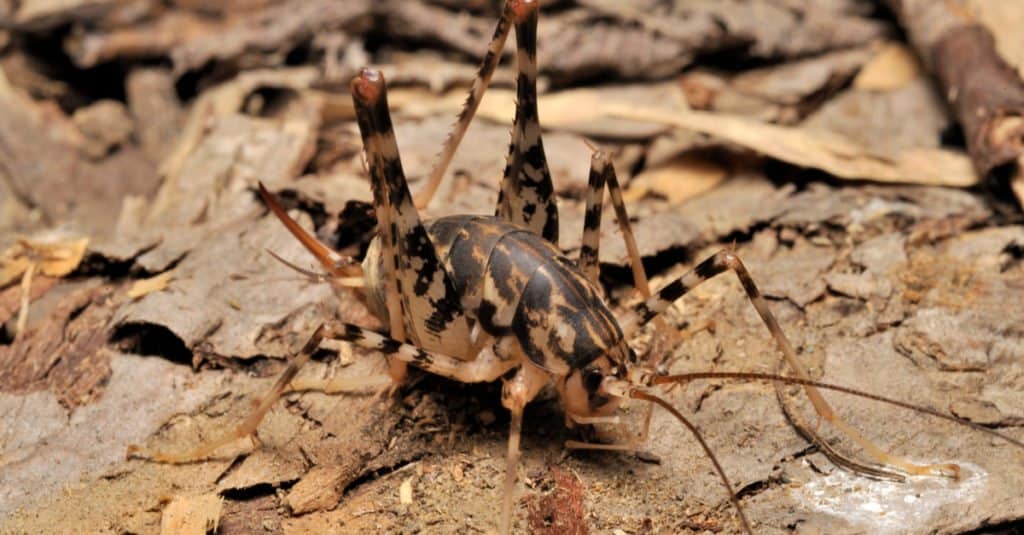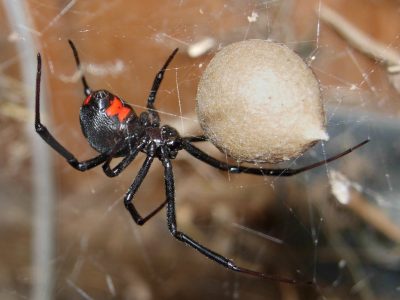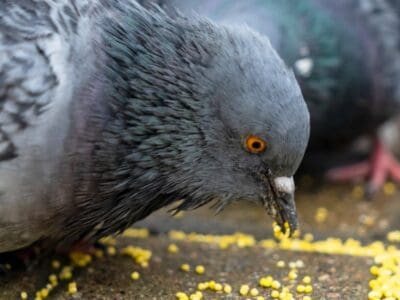Camel Cricket
The camel crickets that are found in the USA are light brown in color. They also have dark streaks all over their body.
Advertisement
Camel Cricket Scientific Classification
Read our Complete Guide to Classification of Animals.
Camel Cricket Conservation Status
Camel Cricket Facts
- Name Of Young
- Eggs
- Group Behavior
- Solitary/Group
- Fun Fact
- The camel crickets that are found in the USA are light brown in color. They also have dark streaks all over their body.
- Estimated Population Size
- Millions
- Biggest Threat
- Habitat loss and predators
- Most Distinctive Feature
- Brown stripes on body
- Other Name(s)
- Spider cricket
- Gestation Period
- 10-12 weeks
- Wingspan
- 13 to 33 mm
- Average Spawn Size
- 12-15
- Habitat
- Moist environments
- Diet
- Omnivore
- Lifestyle
- Nocturnal
- Favorite Food
- Leaves
- Common Name
- Camel cricket
- Number Of Species
- 1
- Location
- Worldwide
View all of the Camel Cricket images!
Camel crickets are also called spider crickets, sand treaders, camelback crickets and cave crickets.
They take their name from their uniquely shaped bodies that many say remind them of a camel’s hump. These crickets that do not chirp love warm and moist environments like are found in greenhouses, but they may end up living in your home. They can grow up to 1.5-inches long and might startle you if they jump on you. They do not carry diseases, but they can be destructive to your clothing and belongings.
5 Incredible Camel Cricket Facts
- Camelback crickets prefer to live in dark and damp places.
- Depending on the species, these light brown crickets can have spots.
- Adult camel crickets do not have wings, but some baby camel spiders can have wings, depending on the species.
- Camel crickets live around the world, except for New Caledonia and Madagascar.
- Camelback crickets have no sound-producing organs, so they cannot chirp.
Camel Crickets Species, Types, and Scientific Name
Sand treaders spend almost all of their time eating. Researchers believe that sand treaders eat about 90% of the time. That is a lot compared to other animals.
Camel crickets belong to the Ensifera suborder and to the orthopteran family Rhaphidophoridae. They each belong to either:
- Aemodogryllinae- These insects live in India, Korea, China, Russia and Europe
- Ceuthophilinae – These insects live in North America
- Dolichopodainae – These insects live in Southern Europe and Western Asia
- Gammarotettiginae – These insects live in North America
- Macropathinae- These insects live in Australia, Chile, New Zealand and the Falkland Islands
- Protroglophilinae – These insects are extinct
- Rhaphidophorinae – These insects live in Australia, China, Japan, India and Malaysia
- Troglophilinae – These insects live in the Mediterranean
- Tropidischiinae – These insects live in Canada
Appearance: How to Identify Camel Crickets
Camel crickets are about the same color as a camel. Like the camel, they have a humpback appearance. They have long back legs, like a grasshopper. They have two antennas that are extra-long and close together. While there are some reports of cave crickets growing up to 12-inches long, most of these insects that live for about 18 months are nearly 2-inches long, not counting their hind legs. These legs can be almost as long as the camel cricket’s body.

©yamaoyaji/Shutterstock.com
Habitat: Where to Find Them
Camel crickets prefer warm and moist environments. While you can find them in caves, you can also find them in rotting leaves and under logs.
Diet: What Do They Eat?
Camel crickets are omnivores. They will eat fungus, plant matter, insects, and even fabric or cloth. They will eat just about anything. For their size, camel crickets eat a lot.
Prevention: How to Get Rid of Camel Crickets
Camel crickets will eat your clothes and belongings, so it is vital to get them out of your home as soon as possible if they get there. The first step is to determine where they are getting into your home. Fix any minor cracks that they may get through. Weatherstripping under doorways is often a great idea.
The next step is to control the environment in your home. If you have wet areas, figure out why they are wet. If they have invaded your basement, you may need to run the sump pump to remove excess water. Additionally, running a dehumidifier during rainy periods may help.
Clean your home thoroughly. Remove any cardboard boxes that are not necessary as cave crickets often use them for shelter. Remember that the size of camel crickets allows them to live under many small items, so remove the clutter.
You may want to put out sticky traps designed to catch all types of pests. It is best to use these traps because of the size of camel crickets. You may have better luck using them if you bait them with a piece of bread or some other food. Be sure to place the sticky traps where the basement walls and floors intersect as this is a favorite hiding spot.
Place bowls of soapy water where you have seen the crickets. They will try to drink the water and drown.
You may need to seek professional help if the above techniques do not work. Professionals often use poisons that you cannot buy. Therefore, you may want to try more natural methods before introducing poisons to your home as poisons can have unattended consequences.
View all 235 animals that start with CCamel Cricket FAQs (Frequently Asked Questions)
Can Camel Crickets Hurt You?
No, camel crickets cannot hurt you. They will not bite you. They will jump on you if they are startled. Jumping is their natural defense mechanism. They do not have the proper mechanisms to bite you.
Why Do I Have Camel Crickets in my House?
Camel crickets are looking for a damp and warm place to live. If the humidity level in the house is high, then you are likely to have camel crickets. Lowering the humidity level often solves the problem of having camel crickets in house. While camel crickets can be destructive, they will not bite you or annoy you with their chirping.
How Do You Kill Camel Crickets?
Diatomaceous earth can be used to kill camel crickets without harming your family. Sprinkle the earth near any spots where you have seen the crickets. You will also want to sprinkle it along basement walls. When the diatomaceous earth gets on the camel cricket’s body, it causes it to dry out. The cricket may also carry the earth back to its nest, so it can kill eggs and babies that you have not yet discovered.
What Do Camel Crickets Eat?
Camel crickets will eat almost anything in house. They will even eat your clothes. They are omnivores who will feed on anything available.
Why do Camel Crickets Jump at You?
Camel crickets jump when they are startled. It is their way of trying to get out of danger. While you may think that they are spiders, they are not spiders and will not harm you.
Thank you for reading! Have some feedback for us? Contact the AZ Animals editorial team.
Sources
- Animal Sake, Available here: https://animalsake.com/interesting-facts-about-camel-cricket
- Infinite Spider, Available here: https://infinitespider.com/meet-the-camel-cricket/#:~:text=Camel%20crickets%20are%20omnivores%20and,and%20even%20fabric%20or%20cloth.
- Pest World, Available here: https://www.pestworld.org/pest-guide/occasional-invaders/camel-crickets/#:~:text=Also%20commonly%20known%20as%20cave,about%20one%20to%20two%20years


















